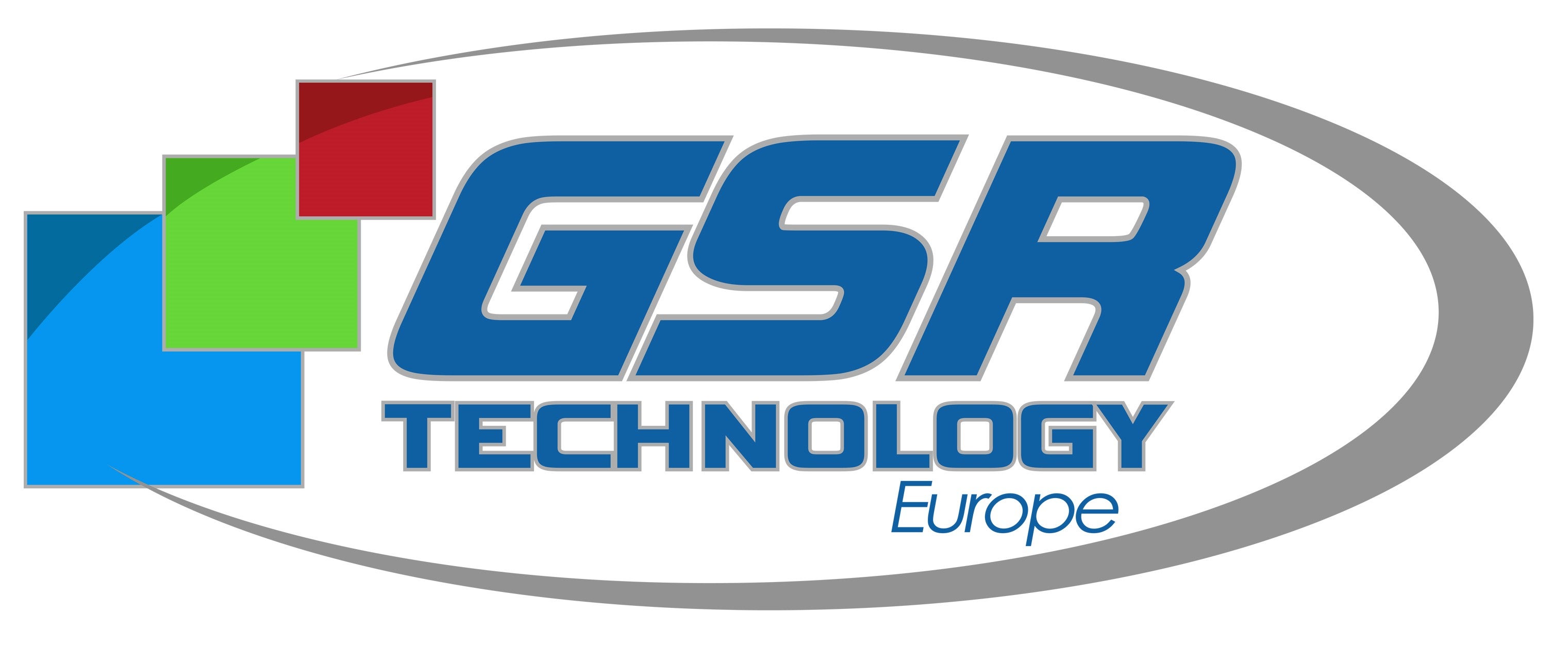
Providing display and monitor solutions with a wide range of applications, GSR Technology is a global leader in optoelectronics. With technology constantly advancing, and with events such as the Covid-19 pandemic continuing to shape trends, particularly in the medical sector, the company’s agile and flexible model keeps it at the forefront of the market. Here, Managing Director Lee Swinton tells the story behind GSR and introduces us to several key product areas.
Sharing knowledge and expertise
GSR works with product manufacturers around the world, operating from three separate offices: outside of Paris, in Milan and just outside Oxford, UK. “We share knowledge and experience and use our collective capacity to manage supply chains and negotiate deals at a group level. It makes us a more attractive entity,” says Swinton.
The company’s UK division serves Northern Europe and the US, and we act as a bridge between our US customers and our Asian suppliers. GSR has made progress, growing over the last 13 years to become a market leader with a combined annual turnover of around £30 million.
“Our key customers are located in a variety of countries and industries,” says Swinton. “In the industrial sector, the low to medium-high value business model works because the products that we design in typically stay in production for at least five years. Some of our products have been in production for nearly ten years.
Some of GSR’s most established applications include handheld devices, diagnostics equipment, industrial boiler controls, access control systems and display solutions, but Swinton says the company’s focus is increasingly towards the medical sector. “I think a lot of demand for new applications will be generated as a result of the pandemic,” he says. “The sector has unique benefits. Once you’ve designed a medical product, and it’s gone through the relevant approvals, it’s very unusual for you to then be designed out. This offers stability to the business that other sectors cannot offer.
Remaining stable and flexible
Two key priorities for GSR are maintaining both its range of products and its network of suppliers. Swinton says: “We try to select display products that are early in their production life, so that they are generally available for five to six years.
“It’s also about flexibility. Whilst we have strong strategic relationships with suppliers, we’re not tied into any exclusive agreements. That enables us to have a wider product portfolio. We recognise the value of a flexible supply chain because it allows us to offer a broader range of products and services”.
On the client side, Swinton says the company has “industry-leading” levels of customer service, with GSR having received awards for Supplier of the Year at both the national and international level. According to Swinton, GSR’s hands-on approach with clients is the key. “It’s only then that you learn about what’s going on within the business,” he explains. During the pandemic, face-to-face has been replaced by remote meeting methods. Underpinning these important relationships with both clients and suppliers is having a happy and motivated staff on board.
Display solutions
GSR primarily distributes small to medium-sized displays measuring from around two to 17 inches. These products tend to offer low power consumption, high reliability and high-resolution IPS (in-plane switching panel), which provides wide viewing angles.
“When we’re working with the medical sector, these sorts of solutions are used for ward systems or laryngoscopes. We’ve got displays that go into ventilators, specifically infant ventilators. We also have product used as part of a system monitoring oxygen levels.”
The high-end display products that GSR offer “makes the screen content clearer, viewable in much better angles and with better colours, which is especially important in a hospital environment”, says Swinton. Meanwhile, low power consumption prolongs the life of handheld battery-powered devices.
Monitor solutions
GSR’s monitors provide more complete, integrated assembly. “You can have a lot of flexibility in terms of a built-in HDMI, connector ports and internet ports,” says Swinton. This is valuable for customers who don’t have the internal resources for design and integration. He adds: “We offer IP-rated open and closed frame monitors and panel PCs in a range of sizes. They are all high resolution, utilising IPS technology for greater viewing angles.
“We offer multi-touch projective capacitive touch. We’re also working on a range of touchless solutions,” he adds. This is a key trend that has been accelerated by the pandemic. “We’re working with both touch sensor manufacturers and the touch controller manufacturers to develop a product offering that will be suitable.” These options will be ideal for check-in points at GP surgeries, hospitals and information kiosks.
Value-added services
Using its supply partners, GSR also offers value-added manufacturing services. “The key services we offer include touch surface coating,” says Swinton. This includes anti-microbial coating which, he predicts, will see increased demand as a result of the pandemic drawing so much attention to disease transmission. Other options include anti-glare, which is optimal in bright settings, including hospitals, along with anti-fingerprint and anti-smudge. Shatterproof cover glass and films help avoid injury to the user. “We also offer optical bonding, which is a way of bonding the display to the touch without any airgaps, so you get a much better optical performance,” adds Swinton.


